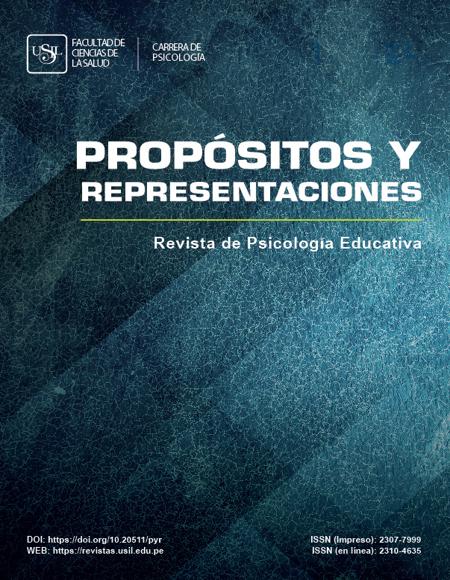Examining the Factors Affecting the Selection of the Recreation Activity Type of University Students
Examining the Factors Affecting the Selection of the Recreation Activity Type of University Students
##plugins.themes.bootstrap3.article.main##
This research was conducted to determine the recreational activity choices of the students studying at various faculties of the university. The main purpose of this study is to determine the factors that affect the selection of recreational activity of university students. A total of 156 students, 98 female and 58 male, studying at various faculties in İzmir Universities, participated in the survey. As the data collection tool, “Personal Information Form” and the scale made by Arslan (2010 and 2012) to measure the factors affecting the selection of the recreational activity type were used. The data obtained were analyzed by using the SPSS 23 program. “T-test”, “ANOVA” and “Tukey post hoc” tests were used to obtain statistical results. “Guidance” sub-dimension mean score values and “general scale” mean score values were higher in women than men (p<0.05). “Personal suitability” and “environment” sub-dimension mean score values of individuals with an income of 1000 TL and below are higher than individuals with higher income (p<0.05). A significant difference was observed only in the mean scores of the “guidance” sub-dimension according to the educational background of the mothers of the individuals (p<0.05). When the mean score values of “personal suitability”, “guidance” sub-dimension and “general scale” were examined, it was concluded that the mean score values of individuals whose fathers are primary and high school graduates were higher than those whose fathers were bachelor and master graduates (p<0.05). Mean scores of “personal suitability”, “environment” sub-dimensions and “general scale” were higher in individuals whose family with an income of 1001 - 2000 TL per month, that is, the lowest income group (p<0.05). When we look at the “guidance”, “environment” sub-dimensions and the general scale, it was concluded that the mean score values of individuals who think that games are a little effective in activities are higher than the mean score values of individuals who think that games in activities are very effective (p<0.05). The opinions of the individuals about "in which faculty the recreation department should be" do not make a difference on the mean score values of the "general scale" and its sub-dimensions. According to the type of recreational activity that individuals do in their leisure time, the mean score values of the “general scale” and its sub-dimensions do not show a significant difference (p>0.05). As a result of the findings, when the factors that affect the selection of the recreational activity type of the students were examined, it was found that the highest factor was “age-appropriateness”. The statement with the lowest mean in the scale is “healthy life programs on TV”. In addition, it was concluded that the most effective factors in individuals' choices on the recreational activities were that the activities were personally suitable for them and the environment was also suitable.














